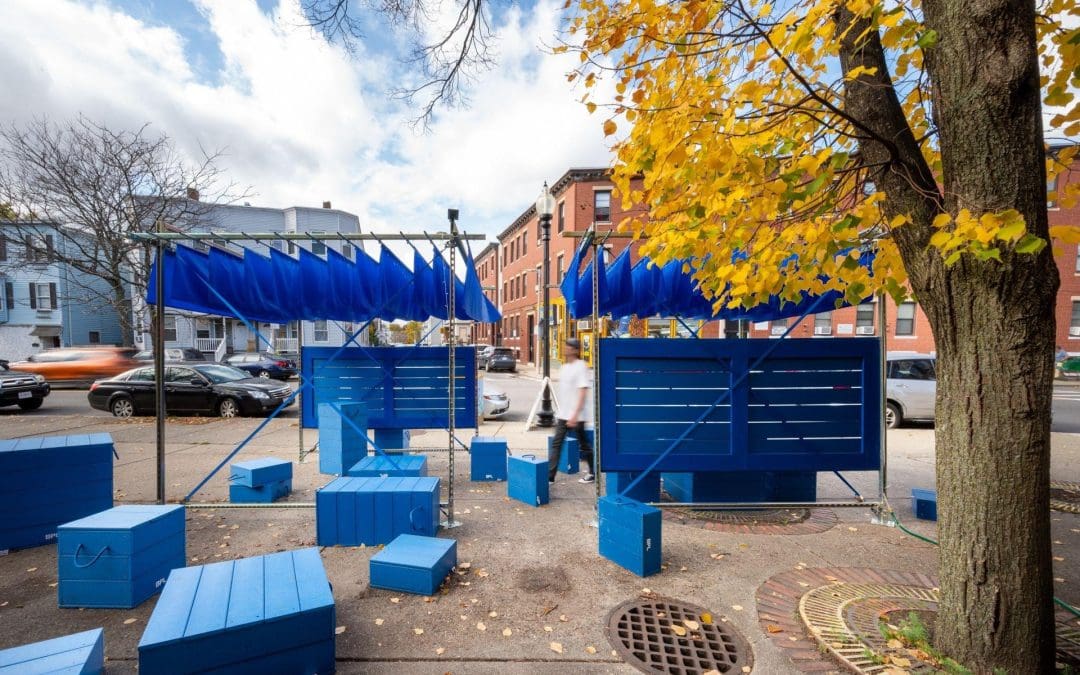When power systems fail, cities face a domino effect, communications break down, water stops flowing and mobility grinds to a halt. But when they’re built to withstand shocks, they keep people safe, keep essential services running and help cities bounce back faster.
In our seventh Cities on the Frontline session of 2025, we explored how cities are turning energy resilience into a critical pillar of disaster risk reduction with insights from global and local perspectives.
The discussion highlighted R-Cities’ newly updated City Energy Resilience Framework (CERF), a tool that helps cities connect infrastructure planning with disaster response and recovery.
- Eskedar Gessesse presented the CERF tool, showing how it supports cities in linking infrastructure resilience, disaster preparedness and climate action.
- Bianca Perez grounded the conversation at the city level, sharing how Quezon City is advancing resilience through solar initiatives, neighborhood programs and improved energy access.
- Natalia Romero closed with a global perspective, showing how resilient energy systems underpin disaster response and preparedness, drawing lessons from the World Bank’s work worldwide.
Check out the recording to explore how better energy planning today can save lives tomorrow.
The Speakers

Eskedar Gessesse, Program Lead, Energy Resilience, Resilient Cities Network
“Cascading failures can turn a disaster into a really full-blown humanitarian crisis. What this tells us is that cities’ energy systems are more than just a utility, they’re really at the very foundation of disaster response.”

Natalia Romero, Specialist, Resilient Infrastructure, The World Bank
“We need to think beyond reinforcing individual assets and look at service delivery, using risk assessments and planning tools to guide investments that keep communities connected and safe during disasters.”

Bianca Perez, Head of Disaster Risk Reduction and Management Office, Quezon City
“Just last month we experienced extreme rainfall that forced us to evacuate 10,000 families. In only six days, we saw a month’s worth of rain. This shows the urgency of building resilience and strengthening our systems.”




